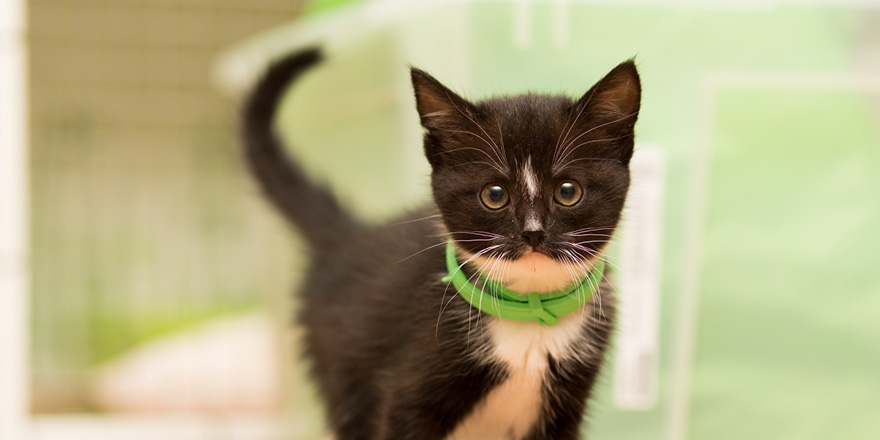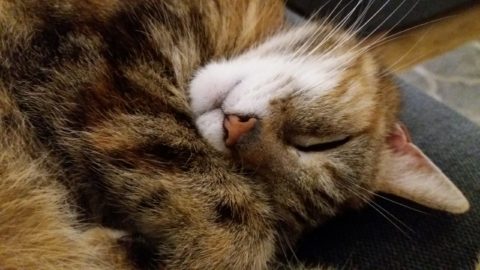Top Tips For Treating Fleas

Fleas are nasty blood-sucking pests which can cause itching, allergies and, in severe cases, anaemia in pets. The pesky critters are particularly a problem during the warm summer months, what can you do to fight back?
Our much-loved cats and dogs can catch fleas from environments that are already infested or from other animals. Newly hatched fleas can leap onto passers-by when they sense warmth, carbon dioxide and vibrations. Once a flea has made a home on your pet, they will feed on its blood and within a day, lay eggs, and it is estimated they can lay as many as 200 a day. As your pet carries the eggs, they often fall onto carpets, sofas, bedding and so on, after two to three weeks the eggs hatch and the cycle begins again, therefore, if you treat your pet, make sure you treat your home too.
It is a good idea to tackle fleas before they seriously take root on your pet, regular preventative treatment is the best way to keep fleas at bay. There is a danger that if you wait until you see fleas on your pet, there may already be thousands of tiny eggs already settled in the carpets and soft furnishings found in your home. Keeping your home flea-free should feature a routine of regular vacuuming, make sure that you ensure that the vacuum bag is then emptied after each use and that pet bedding is washed at a high temperature to help remove hatched or unhatched eggs.
Signs That Your Pet Has Fleas
Spotting fleas on a pet is not always easy and far from immediately obvious, so keep an eye out for the following:
- Little dark coloured specks in your pet’s fur or on the comb after grooming, these could be flea droppings
- Your pet itching and scratching itself more than usual and any untoward bald or red patches on their body
- Flea bites on you or other family members who are present in the home or have close contact with your pet
Checking For Fleas
If you have noticed signs which indicate your pet has fleas, it is time to conduct a check, use a flea comb and run it through your pet’s coat to brush out any fleas or eggs. If there are no fleas present, make sure you check for any flea droppings. A good idea is to sit your pet down on a piece of white paper and rub their coat, removing any hair from the paper and brush whatever is left onto some damp cotton wool. If any dark colour specks turn red on the cotton wool, these could be flea droppings that contain blood from your pet, speak to your vet for treatments they advise you to use.
By Jacob White






